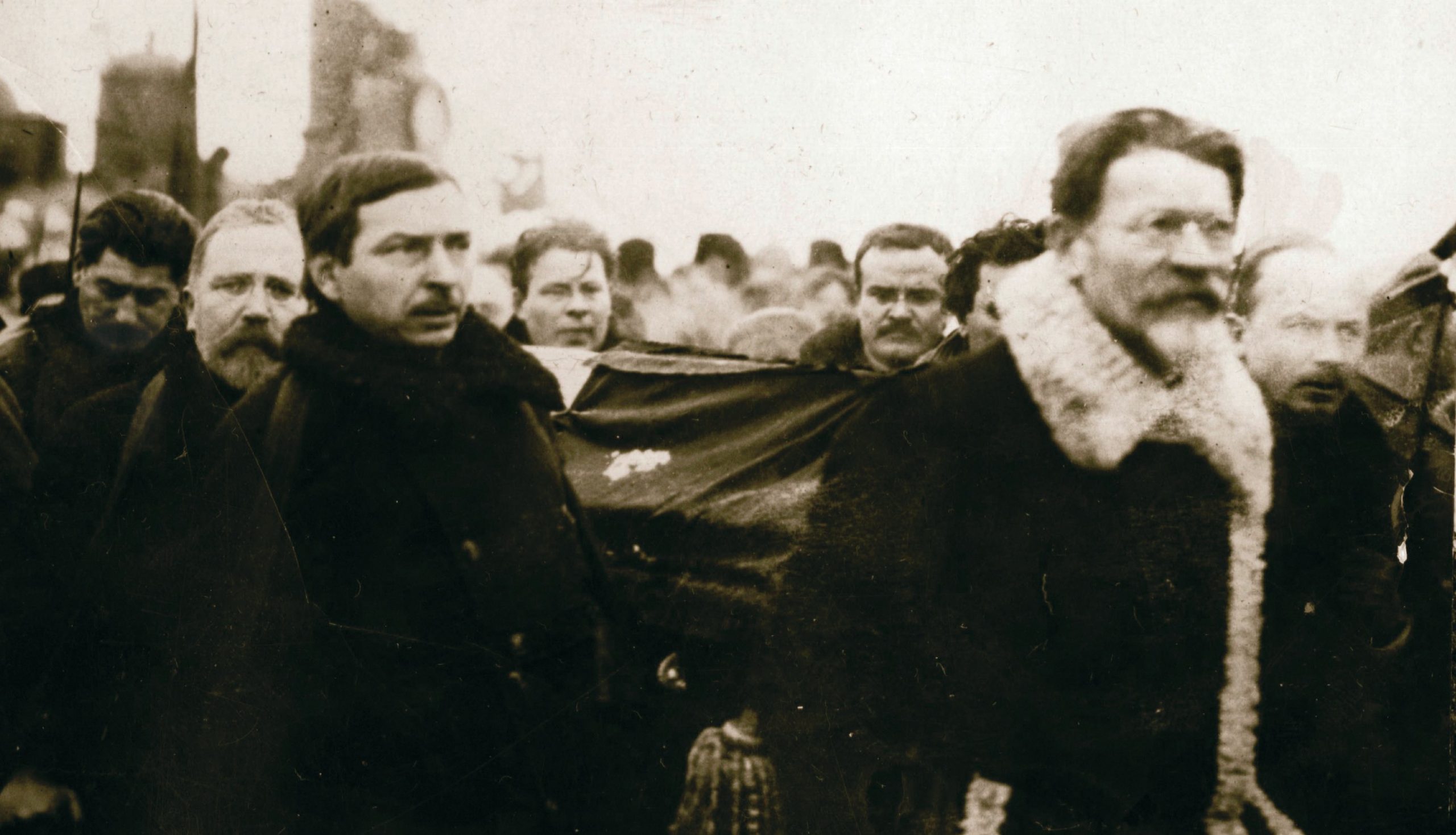
The rise of Stalin to de facto leader of the USSR was by no means inevitable. In fact, a decade before it would have seemed unlikely. How did a relatively minor member of the leading clique within the Bolshevik Party become the successor to Lenin? Stalin’s rise to power revealed him to be a skilful political operative who outmanoeuvred rivals to become head of the Soviet Union.
Josef Stalin was born in Gori, now part of Georgia, in 1878. In 1901 he joined the Social Democratic Party (a Communist organisation) and when it split he followed Lenin into the Bolsheviks. Unlike many Bolshevik leaders Stalin was genuinely proletarian in origin, although his career was really that of a professional revolutionary.
Your organisation does not have access to this article.
Sign up today to give your students the edge they need to achieve their best grades with subject expertise
Subscribe




